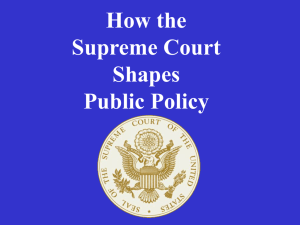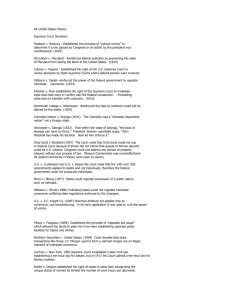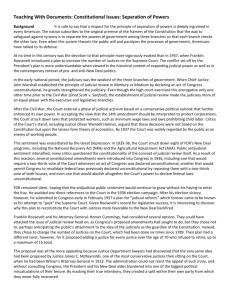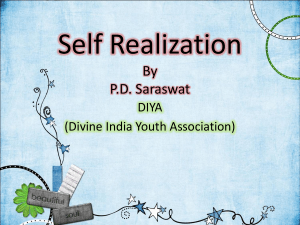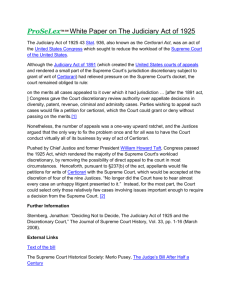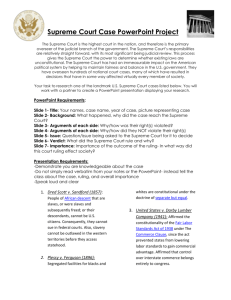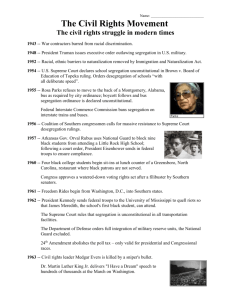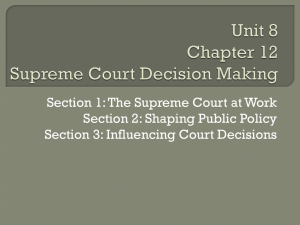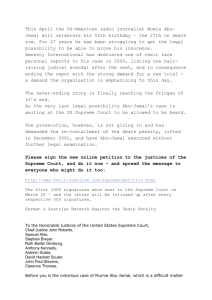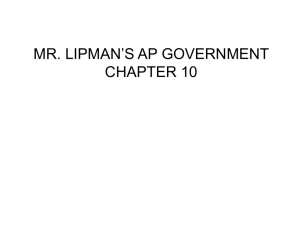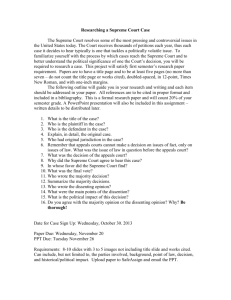Jefferson/Gannett
advertisement
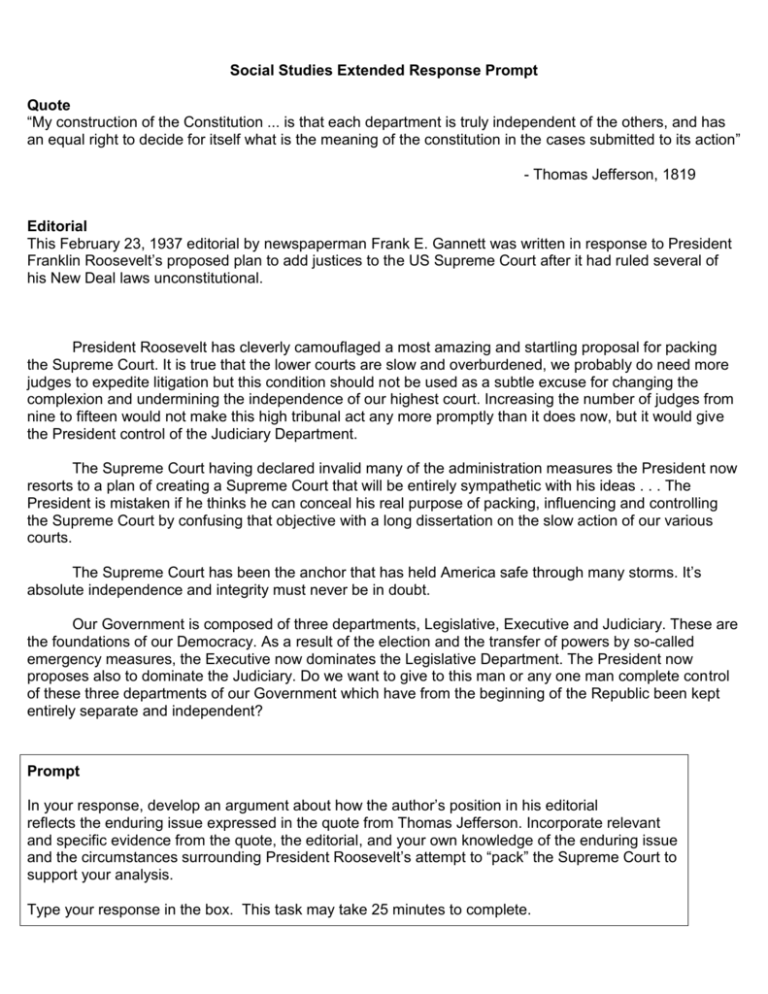
Social Studies Extended Response Prompt Quote “My construction of the Constitution ... is that each department is truly independent of the others, and has an equal right to decide for itself what is the meaning of the constitution in the cases submitted to its action” - Thomas Jefferson, 1819 Editorial This February 23, 1937 editorial by newspaperman Frank E. Gannett was written in response to President Franklin Roosevelt’s proposed plan to add justices to the US Supreme Court after it had ruled several of his New Deal laws unconstitutional. President Roosevelt has cleverly camouflaged a most amazing and startling proposal for packing the Supreme Court. It is true that the lower courts are slow and overburdened, we probably do need more judges to expedite litigation but this condition should not be used as a subtle excuse for changing the complexion and undermining the independence of our highest court. Increasing the number of judges from nine to fifteen would not make this high tribunal act any more promptly than it does now, but it would give the President control of the Judiciary Department. The Supreme Court having declared invalid many of the administration measures the President now resorts to a plan of creating a Supreme Court that will be entirely sympathetic with his ideas . . . The President is mistaken if he thinks he can conceal his real purpose of packing, influencing and controlling the Supreme Court by confusing that objective with a long dissertation on the slow action of our various courts. The Supreme Court has been the anchor that has held America safe through many storms. It’s absolute independence and integrity must never be in doubt. Our Government is composed of three departments, Legislative, Executive and Judiciary. These are the foundations of our Democracy. As a result of the election and the transfer of powers by so-called emergency measures, the Executive now dominates the Legislative Department. The President now proposes also to dominate the Judiciary. Do we want to give to this man or any one man complete control of these three departments of our Government which have from the beginning of the Republic been kept entirely separate and independent? Prompt In your response, develop an argument about how the author’s position in his editorial reflects the enduring issue expressed in the quote from Thomas Jefferson. Incorporate relevant and specific evidence from the quote, the editorial, and your own knowledge of the enduring issue and the circumstances surrounding President Roosevelt’s attempt to “pack” the Supreme Court to support your analysis. Type your response in the box. This task may take 25 minutes to complete. Answer Guidelines Enduring Issue: Separation of Powers. The Constitution created three branches of government. The President runs the executive branch, Congress controls the legislative branch, and the Supreme Court heads the judicial branch. Each branch of the government is separate but equal in power. How the Two Sources Fit Together: Thomas Jefferson says that the three branches of government are independent of each other and each branch has equal rights. Mr. Gannett agrees with Jefferson and feels that the President is trying to take over the Supreme Court. A President in control of any of the other branches of government has too much power, and this is dangerous for the United States. Historical Context: In the 1930s, the US was suffering through the Great Depression. Millions of people were out of work and the President asked Congress to pass his New Deal laws that put people to work in government sponsored projects. The Supreme Court had ruled that several New Deal laws were unconstitutional. (When a law is ruled unconstitutional, it is no longer in effect.) Feeling threatened, President Roosevelt created a plan to put new justices on the Supreme Court when any justice reached age 70 and 6 months. The President could then put justices on the court who agreed with his plans. Many people thought this plan would give the President too much power.
